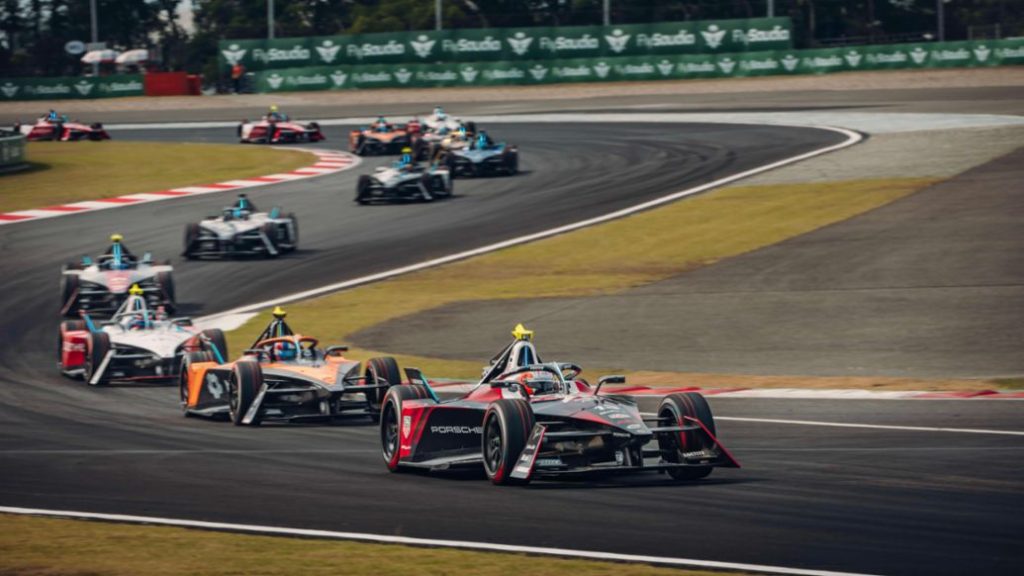Porsche’s António Félix da Costa has set the season’s record for the most overtakes in a single race, achieving 40 passes during the first of two events at Misano, Italy, in April. As the June 29-30 Hankook Portland E Prix approaches in Oregon, the drivers this year have collectively amassed 2,679 overtakes, a substantial increase of 1,089 over last season.
Several factors contribute to this surge in overtakes, including the introduction of new venues, changes in circuit layouts, drivers’ growing familiarity with the Gen 3 cars, and enhanced software for team engineers.
Da Costa, along with Nissan’s Oliver Rowland, leads the overtaking tally with 171 passes each so far. The ABB FIA Formula E Championship has outperformed the NTT IndyCar Series and NASCAR Cup Series in terms of overtakes on city-street and road courses. The all-electric series, preparing for its penultimate stop—and only U.S. visit—of the 2024 season in Portland, has recorded a significant increase from last season’s 1,590 overtakes.
At the first Misano event, da Costa recorded 40 passes out of a total of 544, matching the number achieved at the Mexico City season opener, the highest for any racer in a single event this season. Additionally, no fewer than 11 drivers have reached triple digits in overtakes this year.
The increase in overtakes is partly due to the variety of venues on the 10-stop, 16-round tour and the different circuit layouts in returning cities. For instance, the May 11-12 Berlin twin bill featured a completely new configuration compared to 2023. Drivers, now more familiar with the Gen 3 cars, have refined their strategies, leading to more passes on familiar circuits. For example, overtakes at São Paulo increased from 40 to 212, with NEOM McLaren’s Sam Bird overtaking Jaguar’s Mitch Evans on the final turn to win. Similarly, passes at Monaco rose from 114 to 197.

Andretti’s Norman Nato, a podium finisher at the recent Shanghai event, noted that the number of laps impacts the level of energy saving required, influencing overtaking opportunities. The evolution of the series has also led to better software for team engineers to manage energy output and regeneration. DS Penske engineer Kyle Wilson-Clarke credited the close racing to Formula E’s regulations, which standardize many car components, leaving teams to innovate mainly in software.
Wilson-Clarke highlighted that the standardized chassis, front suspension, and bodywork make the championship highly competitive, as teams have limited freedom to design the car but can be creative with software. This creativity extends to energy deployment and braking software, making software a critical area for performance gains.
A team principal during the São Paulo race weekend emphasized the importance of preparation and driver training. The race is dynamic, and while teams can provide information and guidance, drivers must navigate the race themselves. They need to understand the racing dynamics and make quick decisions, highlighting the importance of both preparation and driver skill.
In Formula E, no driver is hesitant to overtake, making it a thrilling series for spectators seeking high entertainment value.
